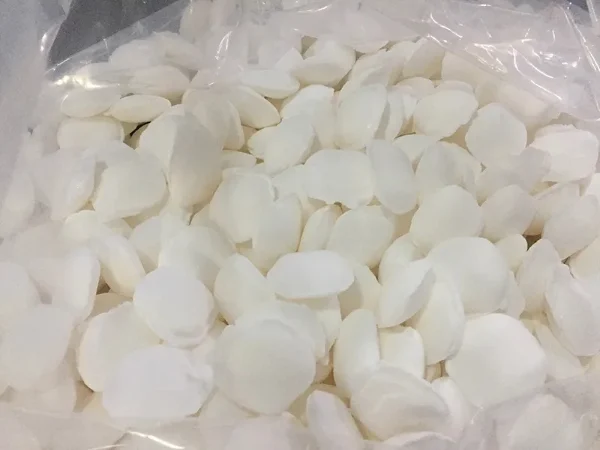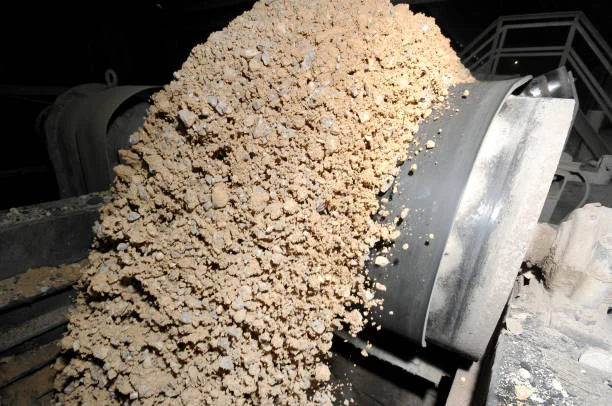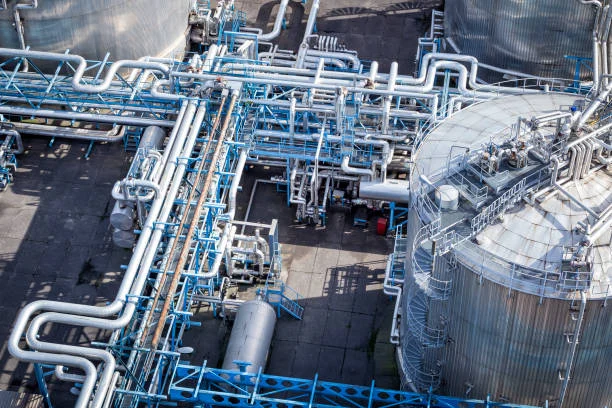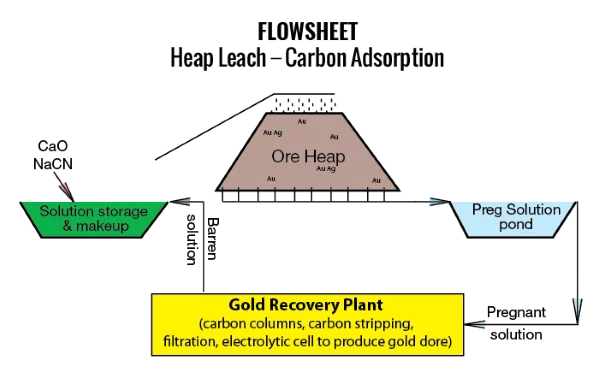
Cyanide heap leaching is a widely used method in the gold extraction industry for processing certain types of ores. Understanding the characteristics of ores suitable for this process is crucial for efficient gold recovery.
1. General Applicability: Low - Grade Ores
The Cyanide heap leaching process is generally only suitable for the treatment of low - grade gold ores, particularly low - grade Oxidized ores. Most of these oxidized ores are surface - oxidized ores. Given the coarse ore particle size in the heap leaching process, the interaction between the ore and the cyanide leaching agent is relatively weak. As a result, the gold leaching rate is not as high as some other leaching methods, which restricts its application mainly to low - grade ores where the cost - effectiveness can still be maintained. The gold grade of ores suitable for cyanide heap leaching is mostly in the range of 1.0 - 3.0 g/t, and only the gold ore grade of individual deposits is greater than 3.0 g/t.
2. Ore Structural and Compositional Characteristics
2.1 Gold Particle Characteristics
Fine or Flat - Shaped Gold Particles: The embedded particle size of gold in suitable ores is fine or flat. This shape makes it easy for gold to be leached by cyanide. Fine - grained or flat - shaped gold particles can have better contact with the cyanide leaching agent, facilitating the dissolution of gold during the heap leaching process. For example, in disseminated oxidized ores, the gold is often present in fine particles distributed throughout the ore matrix, which is conducive to cyanide leaching.
2.2 Porosity and Permeability
Loose, Porous, and Permeable Ores: The ore should be loose, porous, and permeable due to oxidation and weathering. These physical properties are beneficial for the cyanide solution to penetrate the ore heap. When the cyanide solution can effectively reach the gold - bearing minerals, the leaching reaction can occur. Ores like those that have been weathered for a long time often develop a porous structure, allowing the cyanide solution to seep through and contact the gold particles inside.
Ores with Accessible Gold by Crushing: For ores with few pores initially, the gold can be exposed by the crushing method. This is a crucial preparation step before cyanide heap leaching. By crushing, the internal gold - bearing structures are broken, making it possible for the cyanide leaching agent to access the gold. Some hard ores with gold locked inside can be processed in this way to make them suitable for heap leaching.
2.3 Chemical Composition
Low Acidic Substances and Non - Reactive Elements: The ore should contain no or less acidic substances and no or less elements that can react with cyanide. Acidic substances or reactive elements can consume the cyanide leaching agent. For instance, if there are a large number of acidic minerals in the ore, they will react with the cyanide, reducing the amount of cyanide available for gold leaching and thus reducing the efficiency of the cyanide heap leaching process.
No Gold - Adsorbing or Precipitating Substances: The ore should not contain substances that adsorb or precipitate dissolved gold. If such substances are present, they can hinder the extraction of gold during the cyanide heap leaching process, reducing the overall gold recovery rate. For example, some carbon - rich ores may adsorb the dissolved gold - cyanide complex, preventing its further processing for gold recovery.
3. Specific Ore Types
3.1 Disseminated Oxidized Ore
Disseminated oxidized ores are highly suitable for cyanide heap leaching. In these ores, gold is evenly distributed in a fine - grained state within the oxidized rock matrix. The oxidation process has often made the ore more porous, and the fine - grained gold is easily accessible to the cyanide solution. For example, in some gold - bearing sandstone deposits that have undergone long - term weathering and oxidation, the gold is disseminated in the sandstone matrix, and cyanide heap leaching can effectively extract the gold.
3.2 Sulfide Ore with Non - Closely Associated Gold
Sulfide ores in which gold does not coexist closely with sulfide minerals can also be treated by cyanide heap leaching. In such ores, the gold is not tightly bound to the sulfide components. When the ore is heap - leached with cyanide, the cyanide can selectively dissolve the gold without being overly affected by the sulfide minerals. However, if the gold is closely associated with sulfide minerals, the sulfide may need to be pre - treated (such as through roasting or bio - oxidation) to make the gold accessible for cyanide leaching.
3.3 Vein Gold Deposit or Placer Gold Deposit with Small Gold Particles
Vein gold deposits or placer gold deposits with small gold particles or a large specific surface area of gold particles are suitable for cyanide heap leaching. Small gold particles have a larger surface area in contact with the cyanide solution, which promotes the leaching reaction. In vein gold deposits, if the gold is present in fine - grained form within the vein structure, and the vein - hosting rock has suitable porosity and permeability, cyanide heap leaching can be an effective extraction method. Placer gold deposits, where the gold has been weathered and eroded into small particles, can also be processed using this method.
In conclusion, cyanide heap leaching is most suitable for low - grade ores with specific structural and compositional characteristics, including fine - grained gold, suitable porosity, and a lack of interfering substances. By understanding these ore requirements, mining operations can optimize the use of cyanide heap leaching for efficient and cost - effective gold extraction.
- Random Content
- Hot content
- Hot review content
- Zinc Sulfate Industrial Grade 22%-35%
- Industrial Grade Sodium Metabisulfite 96.5%
- Sodium Persulfate,Sodium Persulphate,supplier 99.00%
- Feed Grade 98.0% Calcium Formate
- Cobalt Sulphate Heptahydrate
- butyl vinyl ether
- Pharmaceutical Intermediate Glycine with High Quality 99%
- 1Discounted Sodium Cyanide (CAS: 143-33-9) for Mining - High Quality & Competitive Pricing
- 2Sodium Cyanide 98% CAS 143-33-9 gold dressing agent Essential for Mining and Chemical Industries
- 3Sodium Cyanide 98%+ CAS 143-33-9
- 4China's New Regulations on Sodium Cyanide Exports and Guidance for International Buyers
- 5Anhydrous Oxalic acid 99.6% Industrial Grade
- 6Oxalic acid for mining 99.6%
- 7Reagent Grade/Industrial Grade Hydrochloric Acid min.31%
- 1Sodium Cyanide 98% CAS 143-33-9 gold dressing agent Essential for Mining and Chemical Industries
- 2High Quality 99% Purity of Cyanuric chloride ISO 9001:2005 REACH Verified Producer
- 3 High-Quality Sodium Cyanide for Leaching
- 4Powdery emulsion explosive
- 5Industry Grade Electron grade 98% Sulfuric Acid H2SO4 Sulphuric Acid Battery Acid Industrial Sulfuric Acid
- 6Colloidal emulsion explosive
- 7sodium hydrosulfide 70% flakes used Mining Industry












Online message consultation
Add comment: